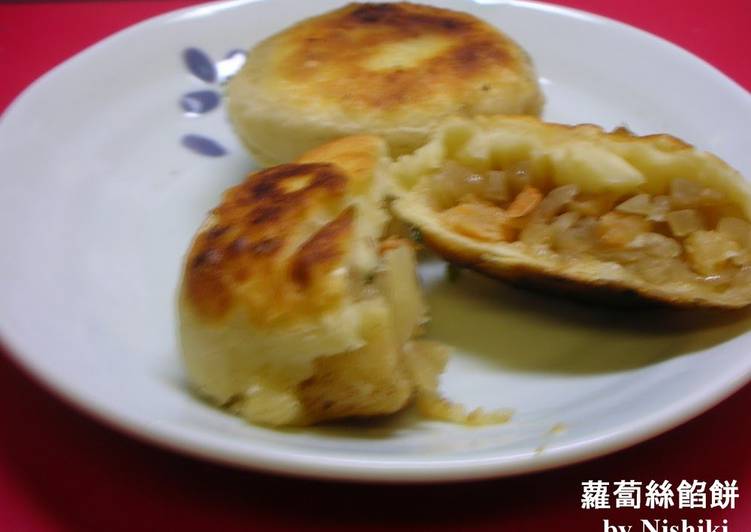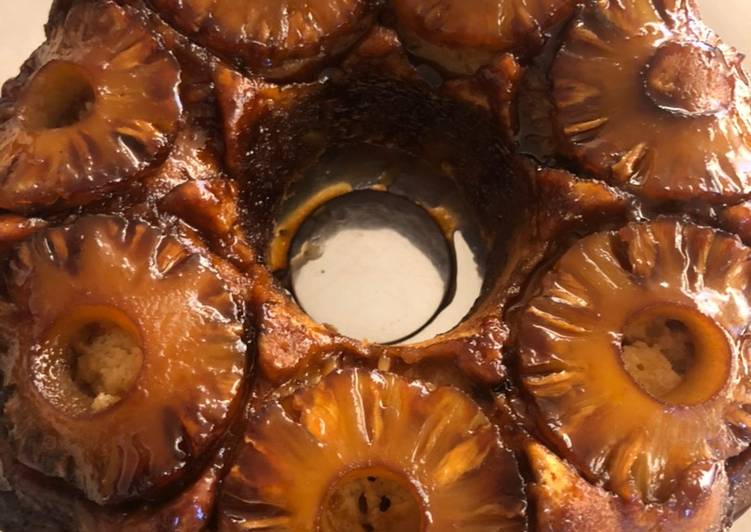
Hey everyone, it’s Louise, welcome to our recipe page. Today, we’re going to prepare a special dish, taiwanese daikon radish cakes. It is one of my favorites food recipes. For mine, I’m gonna make it a little bit unique. This will be really delicious.
Diet vlog that shows what I eat for a meal to lose weight. Daikon radish pastries are a Taiwanese specialty. Traditionally, it is made with water and oil. I remember having White Radish cake (or Daikon) cake before for breakfast at the roadside stalls in Taiwan.
Taiwanese Daikon Radish Cakes is one of the most favored of recent trending meals on earth. It is simple, it’s fast, it tastes delicious. It is appreciated by millions every day. They are fine and they look wonderful. Taiwanese Daikon Radish Cakes is something that I’ve loved my whole life.
To get started with this recipe, we have to first prepare a few ingredients. You can cook taiwanese daikon radish cakes using 11 ingredients and 10 steps. Here is how you can achieve it.
The ingredients needed to make Taiwanese Daikon Radish Cakes:
- Make ready 200 grams Cake flour
- Make ready 1 tbsp Vegetable oil
- Prepare 110 grams Boiling water
- Prepare For the filling
- Get 240 grams Daikon radish
- Make ready 60 grams Dried shrimp
- Get 1 tbsp Scallion, minced
- Get 2 tbsp ●Soy sauce
- Take 1 dash ●Pepper
- Get 1 tbsp ●Sesame seed oil
- Make ready 1 dash Salt
From pickles to salad and soups to. Daikon, also known as white radish, Japanese radish, Chinese radish, winter radish, and luobo, is popular in Japanese, Chinese, and other Cooked, daikon radish can be found in a number of soups and stews as well as Chinese turnip cakes, north Indian curries, and nimono, a traditional Japanese. · Daikon radish cake is a classic dish eaten at dimsum and during Chinese New Year. This version is a vegan take on my grandma's recipe. · Popular Taiwanese street food that is filled with delicious Daikon wrapped in a soft homemade dough and then pan-fried until golden brown. This pescatarian daikon radish cake (aka turnip cake) is a healthier take on the classic radish cake served at dim sum restaurants and around Chinese Today's meatless pescatarian Chinese daikon radish cake will be your perfect solution.
Steps to make Taiwanese Daikon Radish Cakes:
- Finely julienne the daikon radish, work the salt into it, and let sit for 5 minutes. Soak the dried shrimp in water. Combine the daikon radish, shrimp, minced scallions, and the ● seasonings.
- Mix the flour and hot water together with chopsticks. Once cool, knead a bit, cover with paper towels, and let rest. Divide into 10 equal balls.
- Press each ball flat.
- Roll with a rolling pin until about 10 cm in diameter.
- Top the dough with the mixed filling.
- Wrap up them into buns.
- This recipe yields 10 buns.
- Heat some oil (amount separate from listed ingredients) in a pan and arrange the buns inside. Be sure to slowly cook them over low heat.
- Flip them over to cook the other side.
- And they're done!
This version is a vegan take on my grandma's recipe. · Popular Taiwanese street food that is filled with delicious Daikon wrapped in a soft homemade dough and then pan-fried until golden brown. This pescatarian daikon radish cake (aka turnip cake) is a healthier take on the classic radish cake served at dim sum restaurants and around Chinese Today's meatless pescatarian Chinese daikon radish cake will be your perfect solution. Let's first take a step back to talk about Chinese New Year. The making of radish cake is similar to Steamed Taro Kuih. The main ingredients for this radish cake are white radish and dried shrimp, you may add in.
So that’s going to wrap this up for this exceptional food taiwanese daikon radish cakes recipe. Thank you very much for reading. I am confident that you can make this at home. There’s gonna be more interesting food in home recipes coming up. Don’t forget to save this page on your browser, and share it to your loved ones, colleague and friends. Thank you for reading. Go on get cooking!


